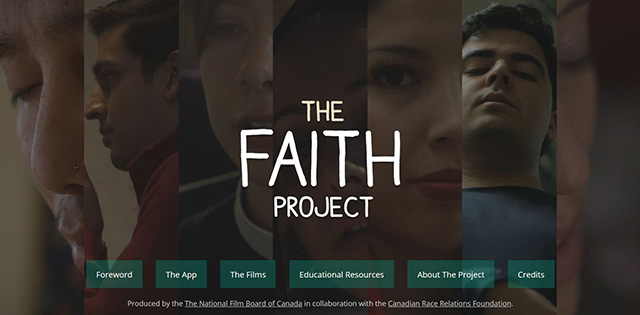How “The Hunger Games” hooks readers: Bringing a premise to life
How author Suzanne Collins creates a compelling high-concept premise in the opening chapter of The Hunger Games, how she brings that premise to life through character, world-building, and language, and how that premise conquered the literary world. Read the transcript on Medium.
How “The Road” hooks readers: Rooting for the underdog
How author Cormac McCarthy creates vulnerable characters that engage our emotions in his Pulitzer Prize–winning novel The Road. Also, how the literary theories of Greek philosopher Aristotle still apply today, and what the modern anti-hero gets right and wrong. Read the transcript on Medium.
How “Cloud Atlas” hooks readers: Delivering the unexpected
How author David Mitchell uses unexpected structure and language to hook readers in his novel Cloud Atlas. Plus, how the psychological concept of flow applies to great writing. Read the transcript (with extras) on Medium.
How “Coraline” hooks readers: Building a world
Great writers build spaces for compelling stories and settings that capture our imagination. Here’s how author Neil Gaiman hooks readers using exploration and discovery of a setting in Chapter 1 of his novel Coraline. Read the transcript on Medium.
How “American Gods” hooks readers: A new life
A big change in a character’s life sets them on a new path and on a new story. See how Neil Gaiman uses the start of a new life to hook readers in his novel American Gods. Read the transcript on Medium.
How “Jonathan Strange & Mr Norrell” hooks readers: Big questions
How author Susanna Clarke asks the right questions to hook readers and drive the story in the opening chapter of her fantasy novel Jonathan Strange & Mr Norrell. Also, how the philosophy of Romanticism comes alive in the story and setting, and what writers can learn from cartoons. Read the transcript on Medium.
How “Life of Pi” hooks readers: The power of first-person storytelling
In Life of Pi, Yann Martel searches for the “spark that brings to life a real story.” Life of Pi itself uses first-person storytelling to light that spark. See how Yann Martel uses the power of first person in the opening chapters to hook the reader, and why the novel starts before the first page. Read the transcript on Medium.
How “The Philosopher’s Stone” hooks readers: Voice vs Exposition
How the first three chapters of Harry Potter and the Philosopher’s Stone hooked readers, agents, and editors, using voice, mystery, and nostalgia. Read the transcript on Medium.
Teaching religious diversity using “The Faith Project”

In a spectacular TED talk, explorer Wade Davis reflected on the world’s cultures saying, “These myriad voices of humanity are not failed attempts at being modern. They’re unique facets of the human imagination. They’re unique answers to a fundamental question: What does it mean to be human and alive?” We’ve captured just a few of those myriad voices and unique answers in The Faith Project, an interactive documentary exploring the religious diversity of Canada.
(more…)The Beckoning Bell: Resilience and hope in video games and life

After I walk across the stone bridge, there’s a small cobblestoned plaza that forks into winding streets. I turn left, walking in the cramped alleys between old buildings. There are stairs, and an archway, and beyond, the buildings open up to a cemetery. It’s the only way to the old church, where they say there’s a cure for my illness.